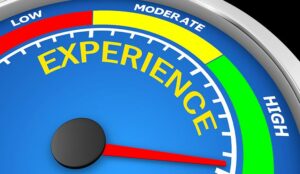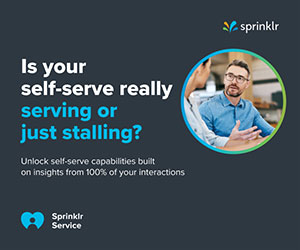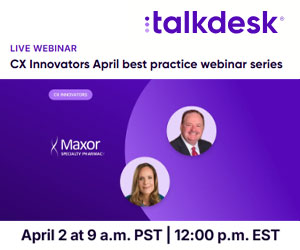Simone Kovago takes us through some new research on the Operational Customer Experience (OCX) and how companies are measuring it.
Late last year, Cyara commissioned market research firm Frost & Sullivan to conduct a survey analysing operational customer experience in contact centres around the world. The report highlighted a number of challenges across the companies surveyed.
What Is Operational Customer Experience?
Operational Customer Experience (OCX) is a framework of metrics for the quality of a customer’s experience of a company’s customer service systems.
Measuring OCX provides a company with the ability to view a customer’s journey across digital channels from an outside-in perspective using objective and repeatable methods.
OCX issues, meanwhile, are customer frustrations that happen as a result of technology-related issues. This includes everything from poor audio quality on a call to an unresponsive chat support web page.
How Companies Measure Customer Satisfaction
The respondents to the survey were all either wholly or partially responsible for customer experience in their company, and had to have a strong understanding of customer satisfaction metrics, including Net Promoter Score (NPS) and Customer Satisfaction (CSat).
Companies spanned geographies across Australia, New Zealand, the USA, the UK, Canada, France, and Germany and industries including banking, healthcare, and government.
These were the key customer satisfaction findings in the report:
56% of companies measured customer satisfaction through CSAT (Customer Satisfaction Score) and 34% indicated they use NPS (Net Promoter Score).
The companies’ top 5 Key Performance Indicators (KPIs) were:
- Customer Satisfaction
- Average Handle Time
- First Call Resolution
- Average Time in Queue
- Average Speed of Answer
These channels offer the highest customer satisfaction and the lowest customer satisfaction:
- Highest: Live agent – Voice, Email, and Webchat
- Lowest: Interactive Voice Response (speech), Interactive Voice Response (DTMF), and social media
And the top 5 customer expectations of a contact centre were:
- Knowledgeable, polite and friendly agents
- Calls answered quickly/short waiting times
- First call resolution/queries resolved quickly
- No multiple call transfers
- Personalised experience
To download the Frost & Sullivan Infographic click here.
Author: Robyn Coppell
Published On: 2nd Jan 2018 - Last modified: 18th Jan 2018
Read more about - Industry News, Cyara



































